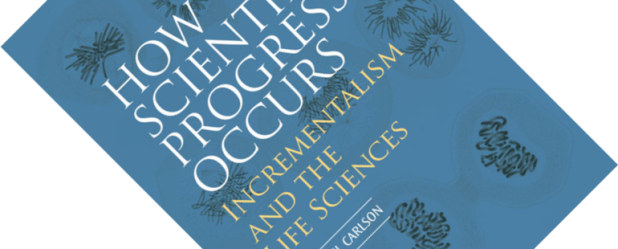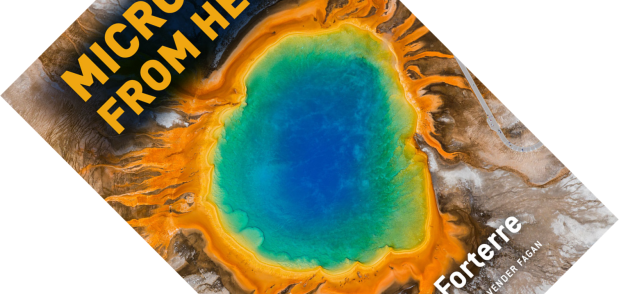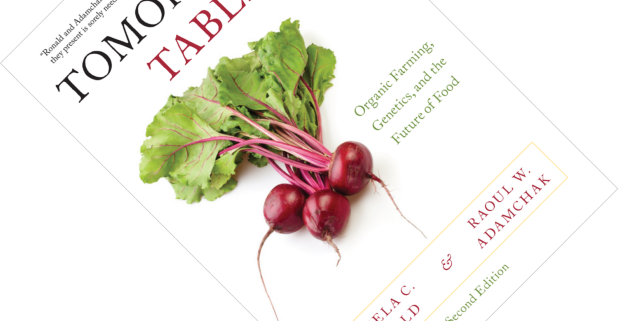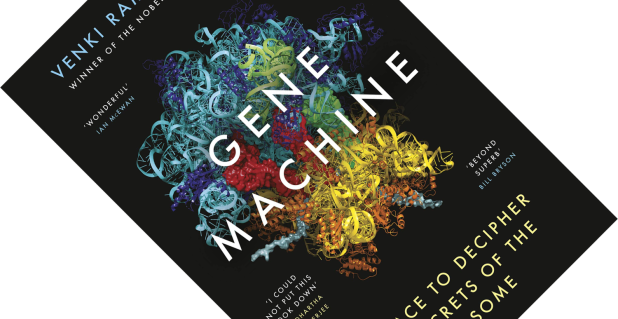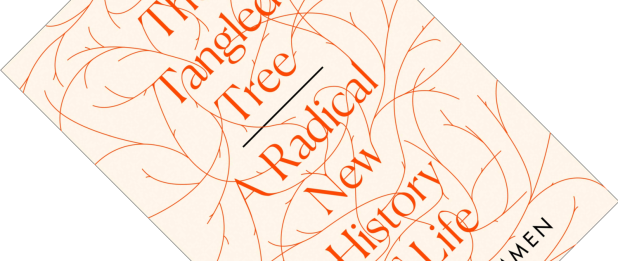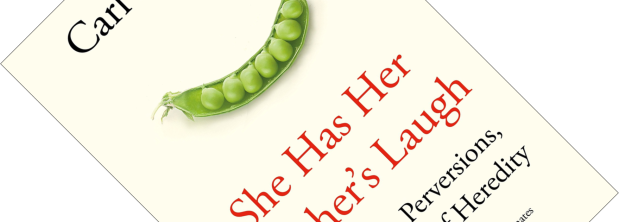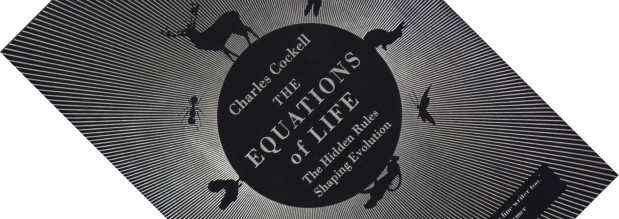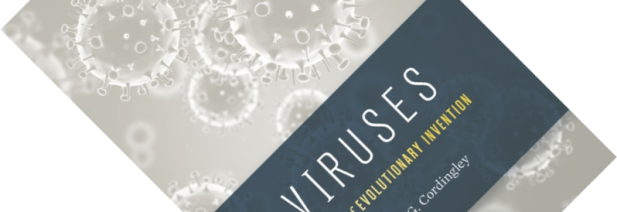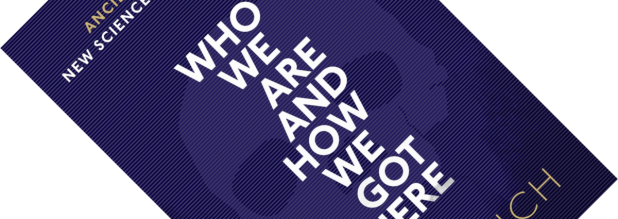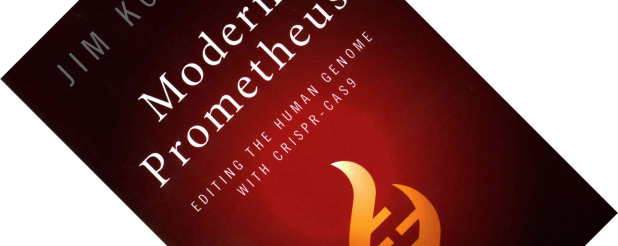This review is part of a double bill. Cold Spring Harbor Laboratory Press recently published How Scientific Progress Occurs: Incrementalism and the Life Sciences. In it, Elof Axel Carlson explores the relevance to biology of the ideas Thomas S. Kuhn formulated in his book The Structure of Scientific Revolutions. Having read both books back-to-back, this review follows on the one of Kuhn’s book.
DNA
Book review – Microbes from Hell
I recently read about the American microbiologist Carl Woese (1928-2012) and his discovery of a completely new group of single-celled organisms, the Archaea, in Quammen’s book The Tangled Tree: A Radical New History of Life. These mysterious microbes thrive under extreme environmental conditions, so I was intrigued and keen to find out more. The French microbiologist Patrick Forterre here describes these microbes, the research that led to their discovery, and the questions and answers this has thrown up. Originally published in French in 2008 as Microbes de l’Enfer, The University of Chicago Press has now made this book available in English to a wider audience.
Book review – Tomorrow’s Table: Organic Farming, Genetics, and the Future of Food (Second Edition)
Aaah, GMOs. Was there ever a topic comparable to genetically modified organisms that riled people on either side of the debate this much? Written by an organic farmer and plant geneticist, Tomorrow’s Table is a marvellous work that walks the middle road, asking: Why should we not combine the best that organic farming and genetic engineering have to offer? Along the way, it exposes the often illogical, contradictory and, frankly, infuriating attitudes and opinions of the anti-GMO movement, politely smothering them with facts, while also teaching the technology cheerleaders a lesson or two. I love this book.
Book review – Gene Machine: The Race to Decipher the Secrets of the Ribosome
DNA has lodged itself in the public imagination as the “blueprint” of life and as other, often slightly deceiving, metaphors. But what happens next? How do organisms actually get anything done with the information coded in DNA? For biologists, this is standard textbook fare: DNA is copied into single-stranded RNA which is then translated, three letters at a time, into amino acids that, when strung together, make up the workhorses of the cell: proteins. The cell organ, or organelle, that does the latter part is the ribosome, which Venki Ramakrishnan introduces here in Gene Machine. He has written a riveting first-hand account of the academic race to describe its structure, and how, in the process, he bagged a shared Nobel Prize in Chemistry in 2009.
Book review – The Tangled Tree: A Radical New History of Life
After I recently finished Carl Zimmer’s new book She Has Her Mother’s Laugh: The Powers, Perversions, and Potential of Heredity, I noticed there was one mechanism of heredity he mentioned only ever so briefly: horizontal gene transfer. Since it does not play a large role in humans, it is understandable he left it aside. And doing it justice would have required almost another book. Luckily, science writer David Quammen is here to give us that book.
Book review – She Has Her Mother’s Laugh: The Powers, Perversions, and Potential of Heredity
If Charles Darwin were to walk into my office today and ask me: “So, what did I miss?” I think I would sit the good man down with a copy of She Has Her Mother’s Laugh, telling him: “Here, this should get you up to speed”. Darwin struggled to explain how traits were being inherited from generation to generation. As New York Times columnist Carl Zimmer shows in this wide-ranging book, the story of heredity has turned out to be both diverse and wonderful, but has also been misappropriated to prop up some horrible ideologies.
Book review – The Equations of Life: The Hidden Rules Shaping Evolution
Starting your book blurb by asking why gazelles have legs rather than wheels is a suitably out-there question to immediately grab a reader’s attention. A more pertinent question then; why is all life based on carbon rather than silicon? In The Equations of Life, Charles Cockell takes the reader on a giddy tour down the organisational hierarchy of life – from sociobiology to subatomic particles – to show that nature is far more predictable and understandable than it might appear at first blush. His eloquent answer to above and other why questions? “Because physics is life’s silent commander”.
Book review – Viruses: Agents of Evolutionary Invention
When I reviewed Planet of Microbes: The Perils and Potential of Earth’s Essential Life Forms, I remarked that microbes are everywhere. If you are willing to stretch the definition of life a bit further still, there is one entity that is even more numerous and omnipresent: the humble virus. We tend to think of viruses almost exclusively in the context of disease (see for example The Invisible Enemy: A Natural History of Viruses). But, as virologist and pharmaceutical researcher Michael Cordingley shows here, they are so much more than mere pathogens and have a huge influence on evolutionary processes in all organisms. This book paints a remarkable portrait of these unusual life forms.
Book review – Who We Are and How We Got Here: Ancient DNA and the New Science of the Human Past
You may have missed it, but archaeology is undergoing a silent revolution. The story of our deep history used to be based on skeletal remains, linguistics, and the analysis of objects and tools our ancestors left behind, but since about three years archaeologists have a new tool in their arsenal. The analysis of DNA from old bones, or ancient DNA. David Reich has been at the forefront of developing this technique and argues that it is rewriting most of what we thought we knew about the last 350,000 years or so of human history. Brace yourself, things are about to get complicated…
Book review – Modern Prometheus: Editing the Human Genome with CRISPR-Cas9
After recently reading Doudna & Sternberg’s book A Crack in Creation, this book was the next one I wanted to read to learn more about CRISPR-Cas9, the new technique to edit genetic material that has been taking the world by storm. As it turns out, it was the right order to read the books in. If you have not heard of CRISPR before, I recommend you have a look at my review of Doudna’s book first.

